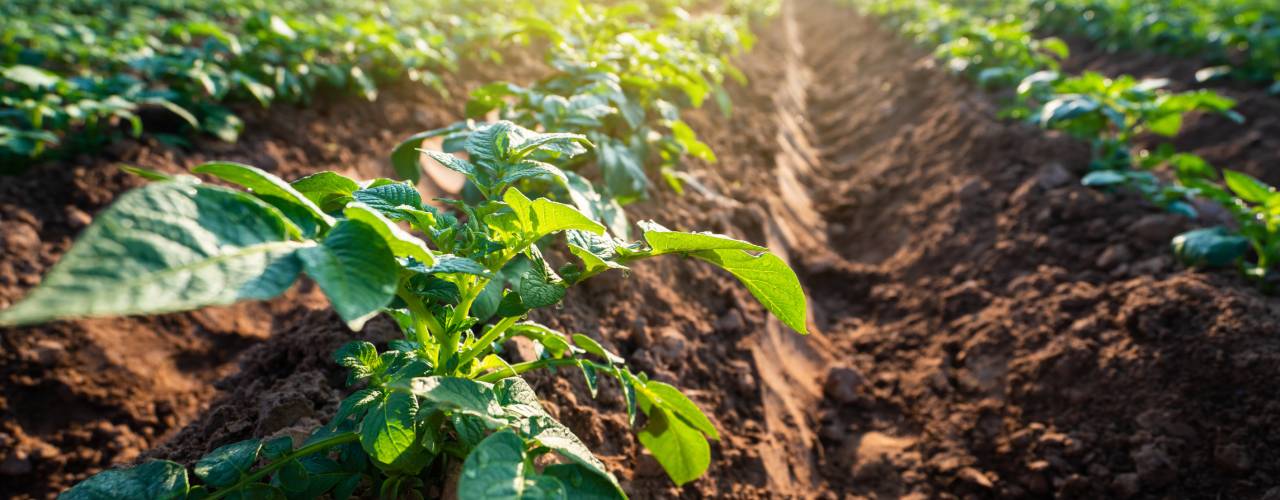Potatoes are a versatile and in-demand crop, making potato farming a great way to generate steady income. However, turning a good harvest into great profits takes more than planting and harvesting. By applying some strategic practices, you can increase your earnings. These five tips for maximizing your profits as a potato farmer will help you make the most of your efforts, whether you’re just starting out or have been farming for years.
Selecting the Right Potato Varieties for Your Area
Choosing the right potato varieties is the foundation of a profitable harvest. The type of potato you plant should match your local climate and soil conditions. For example, Russets thrive in cooler climates, while Yukon Golds prefer slightly warmer areas.
Research what grows best in your region and consider your target market. Are restaurants in your area looking for fluffy baking potatoes, or do your local farmers’ markets demand smaller, waxy varieties? Aligning your crop with local demand ensures strong sales.
Maximizing Yield Through Smart Planting and Harvesting Practices
Timing and technique are everything when it comes to planting and harvesting potatoes. Start by preparing your soil properly—loose, well-draining soil yields better results. Avoid planting your potatoes too close together to ensure plenty of room for growth. Dig carefully to prevent damaging the tubers when it’s time to harvest. Damaged potatoes are harder to sell and have a shorter shelf life, which cuts directly into your bottom line.
Efficient Storage and Handling To Reduce Waste
Proper storage preserves your crop for longer periods, which allows you to sell potatoes when demand and prices are higher. The most critical step in the harvesting process is understanding how to prep potatoes for extended storage. You must dry potatoes before storage as excess moisture can lead to rotting. They also need a cool, dark place with good ventilation. Investing in a climate-controlled storage space is an upfront expense, but it reduces waste and boosts profits in the long run.
Cost-Effective Pest and Disease Management
Pests and diseases can quickly reduce your yield, but investing in expensive chemicals isn’t always the answer. Consider integrated pest management techniques, such as crop rotation and natural predators, to prevent issues from taking hold. Additionally, maintain healthy soil with proper pH levels and nutrient balance to help your potatoes resist diseases.
Building Strategic Partnerships in the Supply Chain
Working with buyers, local distributors, or food processing companies can secure a steady supply and demand for your potatoes. Determine which type of potato they need and negotiate terms that benefit both parties. Having reliable buyers lined up reduces the stress of finding markets after harvest and gives you a clear distribution plan.
Thriving as a potato farmer takes more than growing a good crop—it involves strategic decisions at every step of the process. Take your farm to the next level by fine-tuning your planting practices and building business partnerships. Put these tips for maximizing your profits as a potato farmer into practice, and you’ll be well on your way to a more successful and rewarding harvest.





